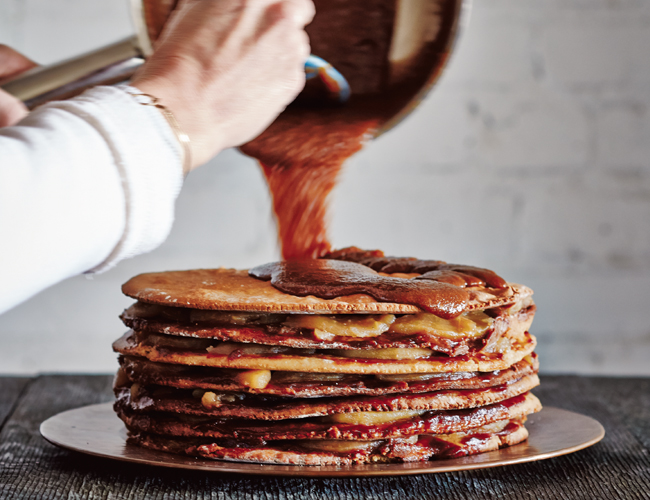Blade, handle — the vocabulary that describes the different parts of a pocket knife are simple… right? The sharp tools may not be as complicated as mechanical watches or automobiles, but there’s more to knives, both folding and fixed, than that. Aficionados will bandy around terms like action and slipjoint, but these aren’t even the most complex or specific words that can be used to describe every part of a pocket knife. For those new to the world of blades, this guide will act as your shortcut from novice to pro.
Action: Refers to how a folding knife opens. A knife’s action can be described in many ways, but it will be either manual or automatic.
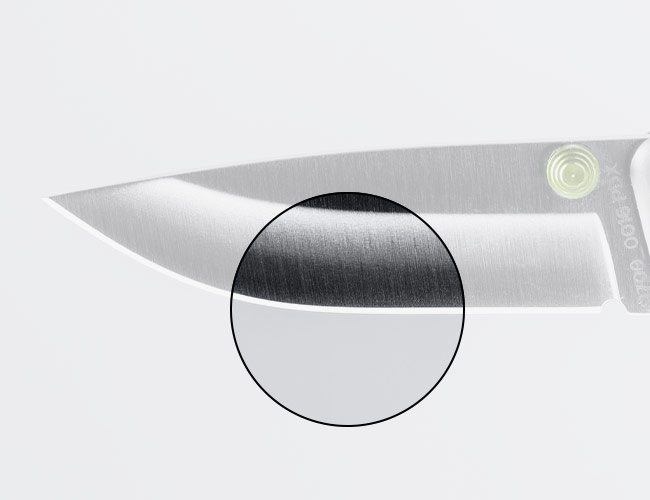
Belly: The curved part of the blade used for slicing.
Bevel: The tapered part of the blade that extends from the spine down to the cutting edge.
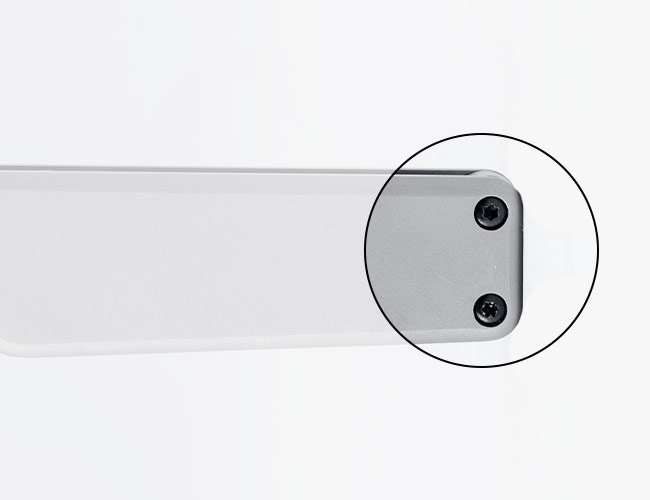
Butt: The end of a knife’s handle.
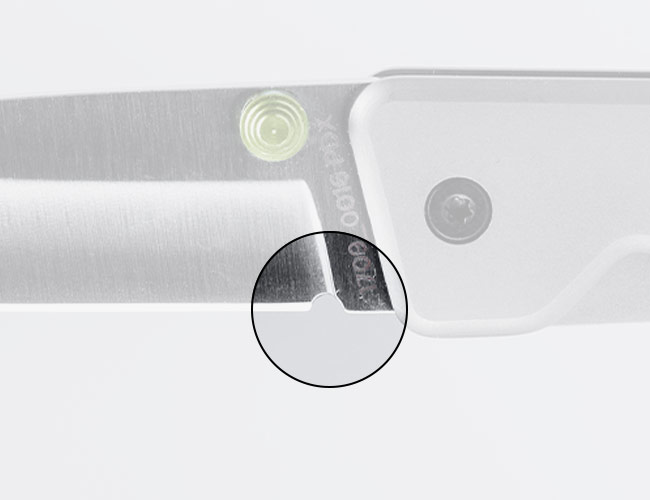
Choil: The unsharpened portion of a knife’s cutting edge that’s close to the handle. Some choils are notched.
Clip Point: A common blade shape, the clip point is characterized by a spine with a front section that appears to be clipped off. This seemingly cut-out area can either be straight or concave and results in a fine point.
Drop Point: One of the most common blade shapes, the drop-point is characterized by a convex spine that curves down from the handle to the point. This creates an easily-controlled point and a bigger belly for slicing. Ideal for hunters.
Flipper: A folding knife that features a tab that juts out from the back when closed to allow a user to deploy the blade quickly and easily with the pointer finger.
Front Flipper: A type of flipper (see above). In this construction, the contact point is situated on the blade’s spine and is more of an exposed corner of tang than a tab.
Guard: Part of the handle designed to prevent the hand from slipping onto the blade. This can be integrated into the handle or a separate component.
Gut hook: A sharpened hook on the spine of a hunting knife designed for field dressing.
Jimping: A notched portion of the spine close to the handle, designed for extra grip.
Quillon: The part of the guard or handle that extends beyond the tang of the blade to provide additional protection to the hand.
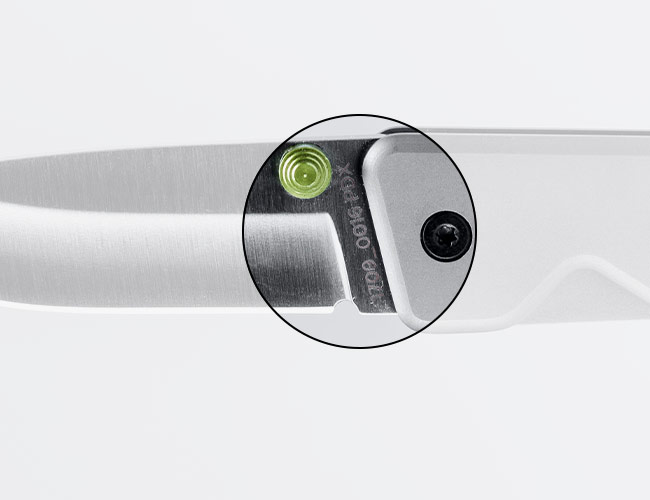
Ricasso: The flat and unsharpened portion of a blade between the handle and the bevel. Not to be confused with choil, ricasso refers to the flat side of a knife, not its edges.
Sheepsfoot: A blade shape characterized by a straight edge and a spine that curves down to meet it at the point. Sheepsfoot blades are designed for slicing while minimizing the potential for accidental piercing with the point. Originally made to trim the hooves of sheep.
Slipjoint: A common type of folding pocket knife that uses a spring to keep the blade in either a closed or open position.
Spear Point: A symmetrical blade shape with a point that’s in-line with the center of the knife. Commonly used for throwing knives.
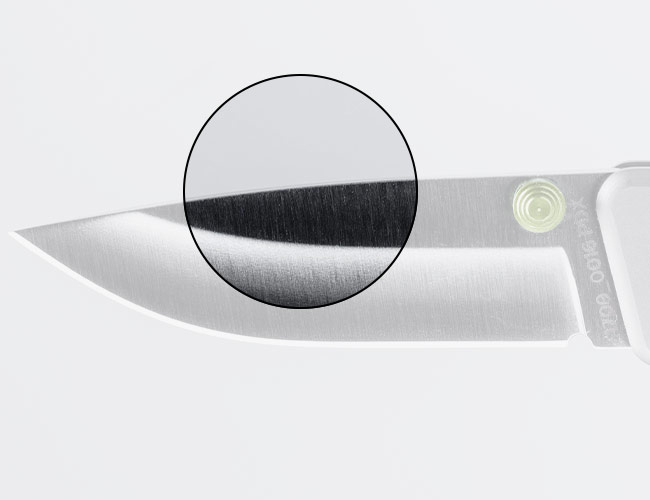
Spine: The unsharpened “back” or “top” of a knife. The spine is the side opposite the sharp edge. Double-edged knives do not have spines.
Swedge: Also known as a “false edge,” this is a portion of the knife’s spine that is unsharpened but has been ground to give the appearance that it is.
Sweep: See “belly”.
Tang: The portion of the blade that extends into, and is held by, the handle.
Tanto: Inspired by the short swords that were worn by Samurai in feudal Japan, this blade shape replaces a curved belly for an angular edge transition that makes for a much stronger and prominent point.
Wharncliffe: Like a sheepsfoot blade, this shape has a straight edge and a curved spine, but the curve extends gradually from the handle to the tip. The shape is similarly ideal for slicing while minimizing the possibility for an accidental puncture with the tip.


